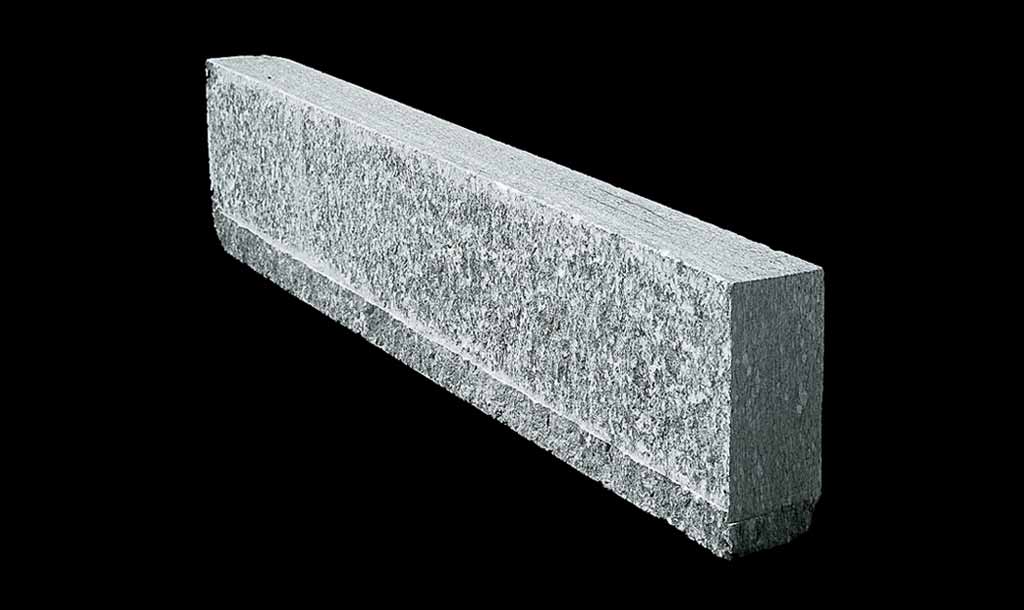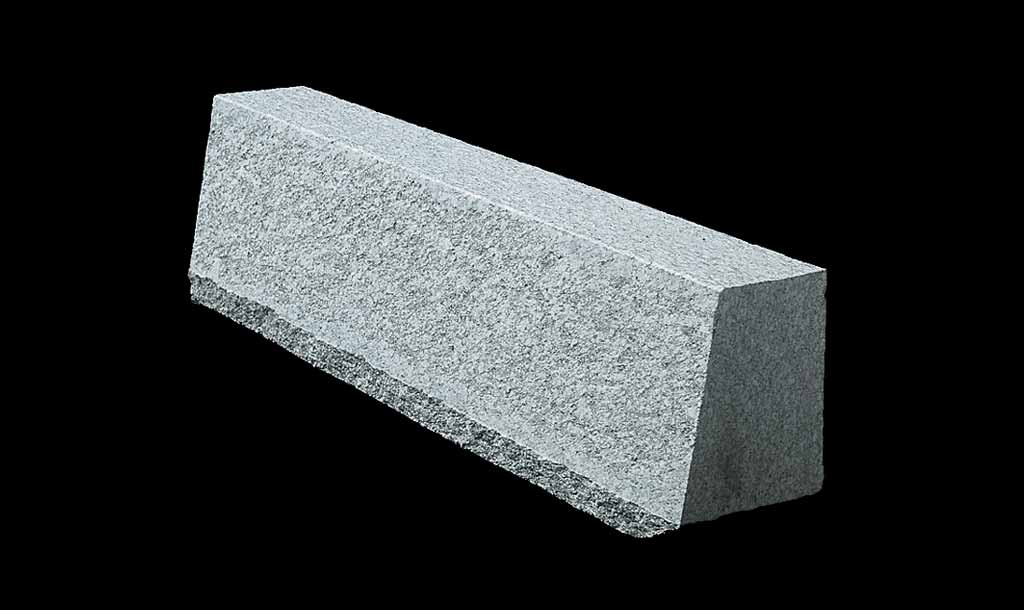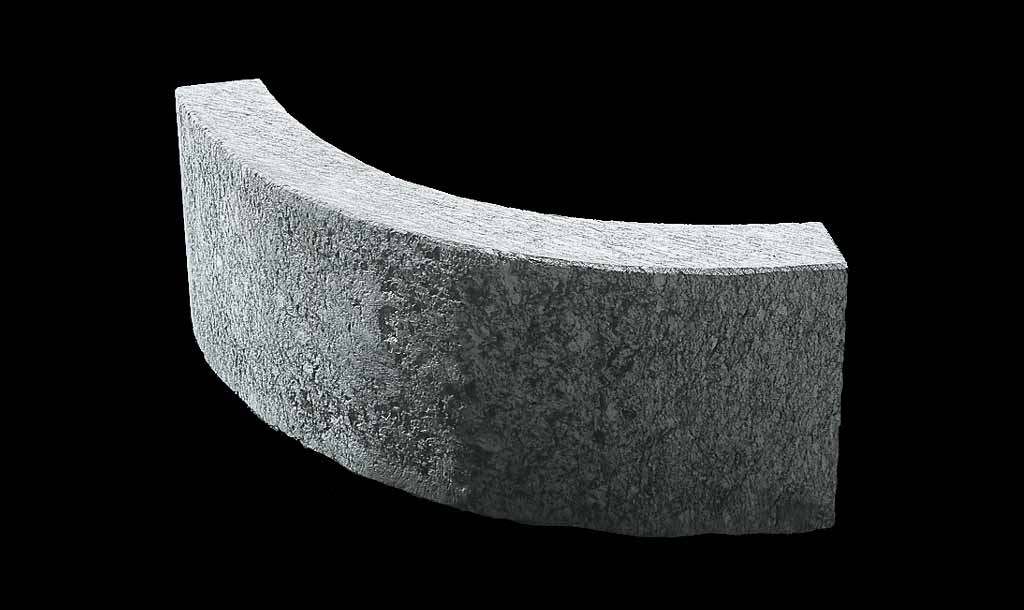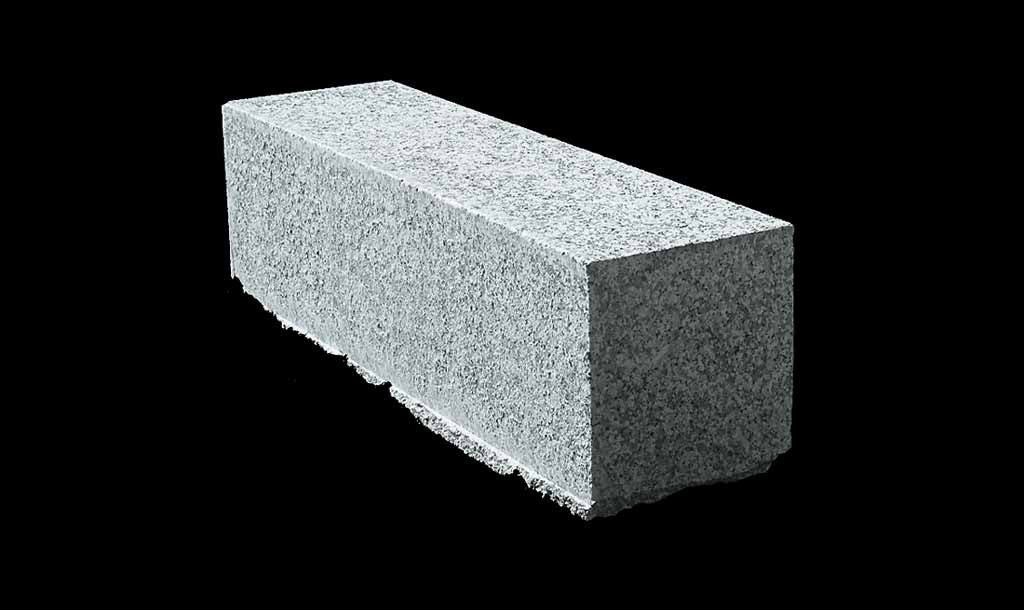

The purpose of a kerbstone is to demarcate adjoining surfaces for structural, security and aesthetic reasons. The purpose depends on the location, whether the kerbs are placed in a private park or garden, used in public squares and streets, or for general infrastructure. Kerbs made from stone offer an infinitely superior resistance to concrete kerbs, combined with an attractive design that can be finished in a variety of ways.
–Bush-hammered kerbstones, an ancient technique that preserves the surface of the porous stone, giving it a natural appearance.
-A chiseled kerbstone offers a more rustic finish that resembles the stone’s natural form. This finish makes it more resistant and perfect for use in urban areas surrounded by greenery.


The stone kerb is particularly well-suited for use as a street kerb along pavements or roadsides, as well as demarcating flower beds and car parking spots. When it comes to urban spaces, stone kerbs can be either linear or circular. The curvature can be obtained by aligning 25 cm linear kerb parts to create the curved shape or by directly “cutting” the stone as required. Stone kerbs can also be perforated when necessary to guide water drainage to manholes.
To conclude, road kerbs made from stone are visually attractive, resistant to wear and tear, offer multiple finishing possibilities and are well-suited for use in upscale urban areas. Stone kerbs are often indispensable for structural reasons, but they are increasingly used for purely decorative reasons. The most popular stones used for kerbs are Beola, Serizzo and Montorfano White Granite.

Contact us for more information on the solutions proposed by Cave Giovanna for your homes.